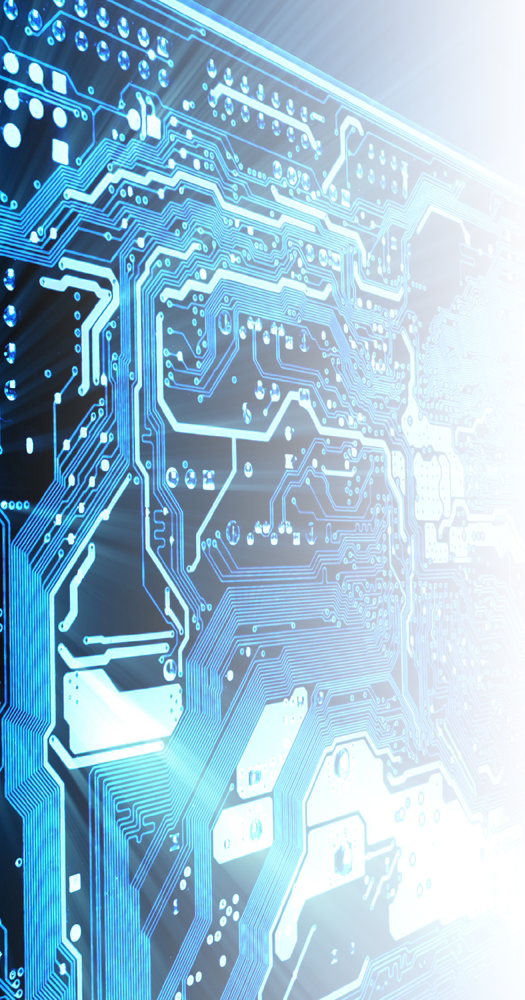Electronics development phase:
The electronics design phase is the area where the main work is done on creating the product or equipment. It is likely that the project team will be at its maximum strength during this phase.
A large number of activities occur during this phase of the project. Many of them need to be undertaken in parallel, so it is essential that the development team communicates to ensure that all activities proceed in a coordinated fashion, and not in a disparate manner where different activities diverge.

- Hardware design: This is often the chief focus of a development activity. It will start with the high level design, and then as the requirements are flowed down, it will split into modules or subsections. These can be addressed as individual projects. Again communication is key. Increasingly much greater levels of computer simulation are available these days, and many circuits can be fully simulated before any prototypes are built.
- Software development: Software forms an increasingly significant portion of projects. Typically it will be many times that of the hardware development. Like the hardware, it should start with the top level design, flowing down the requirements to smaller modules that can be addressed separately. It should follow an orderly structured development to ensure that all the modules operate together satisfactorily when there is a complete software build.
- Mechanical design: The mechanical design is an important element in the overall electronics design process. Not only is the mechanical box designed, but aspects such as any mechanical interfaces as well as heat flow and many other elements all need to be addressed. Typically 3D mechanical modelling is used.
- CAD PCB layout : The printed circuit board design is a major element of the electronics hardware development. As many of circuit performance features – especially with RF and fast digital circuits – the PCB design is of great importance. Signal integrity simulations may be carried out as part of this activity. The PCB design should be carried out in close liaison with the electronics hardware development. Normally PCB CAD packages are used.
- Test / production equipment development: When developing electronics equipment, it is necessary to develop a test and production strategy alongside. The development and purchase of the equipment needed can occur during the development stages.
- Build prototypes: Prototypes of the equipment will be built. Concurrent engineering practices used to shorten timescales would normally indicate that the production facility, and any fixtures are trialled at this stage.
- Development testing: It is necessary to undertake constant testing during the development phase to ensure that each module, software of hardware meets its specification.
- Review: Before moving on to the next stage of the electronics design process, it is necessary to ensure that this phase is complete to a satisfactory level to move on. The review prior to formal testing is normally called a Test Readiness Review, TRR.